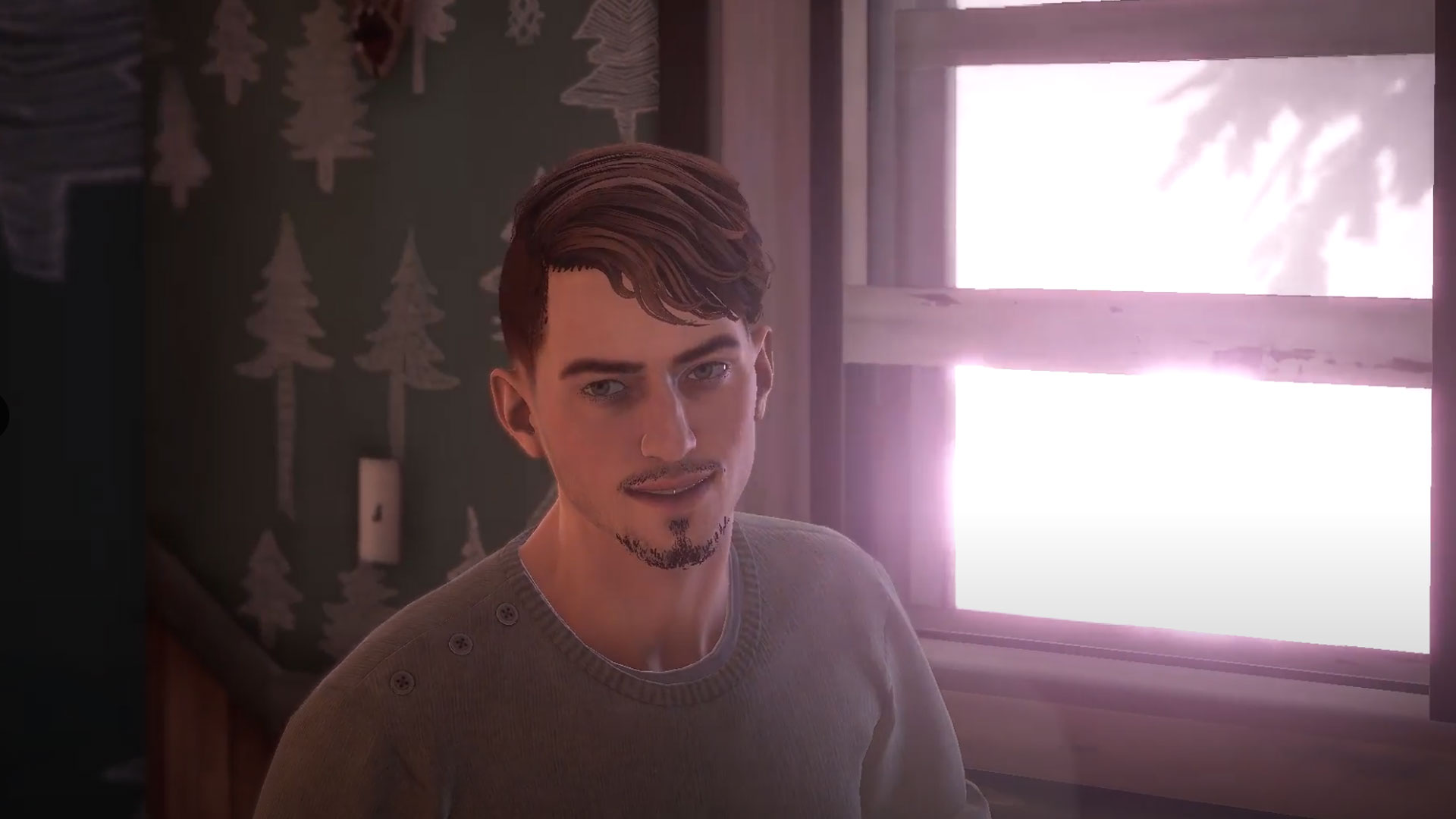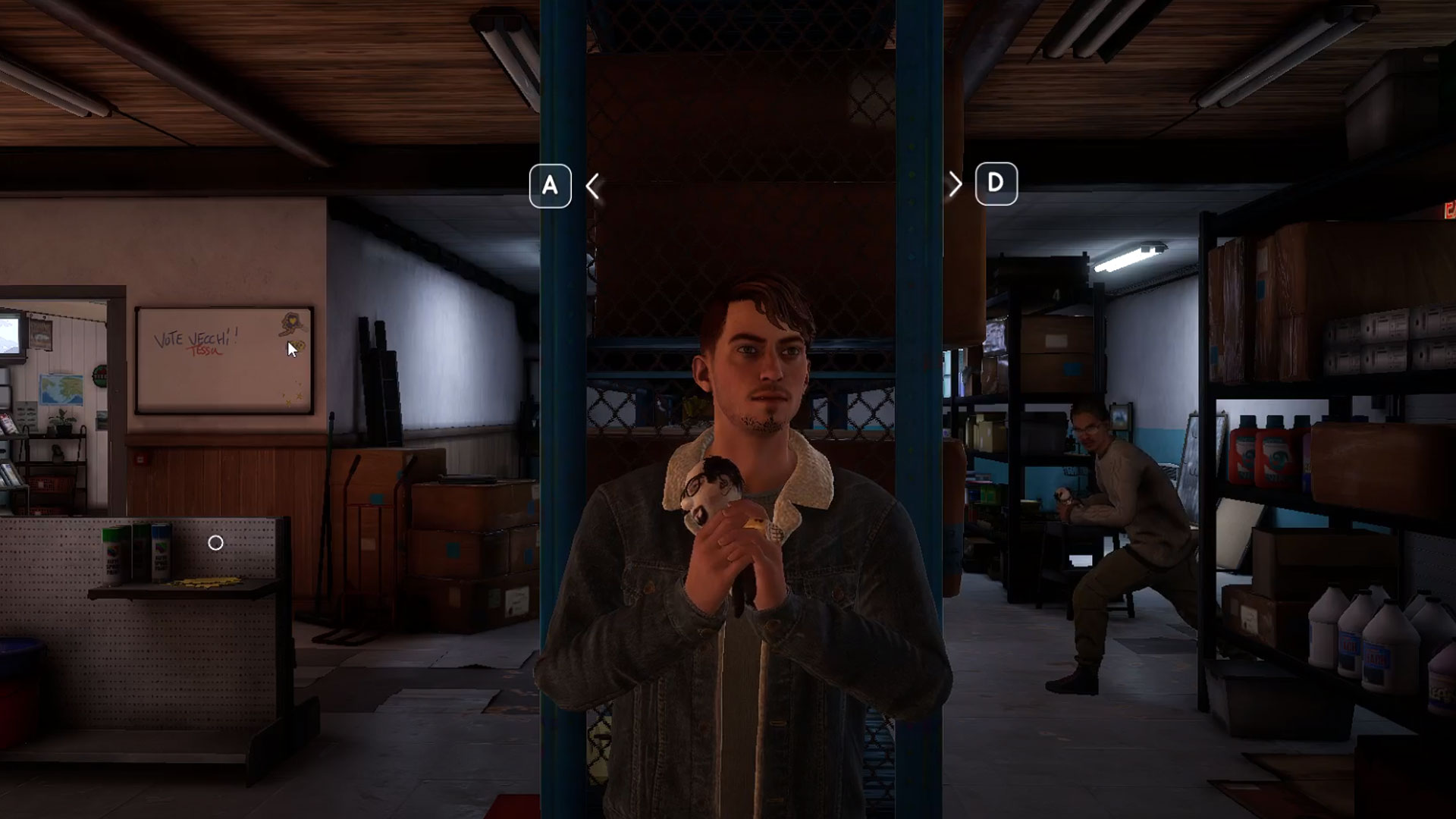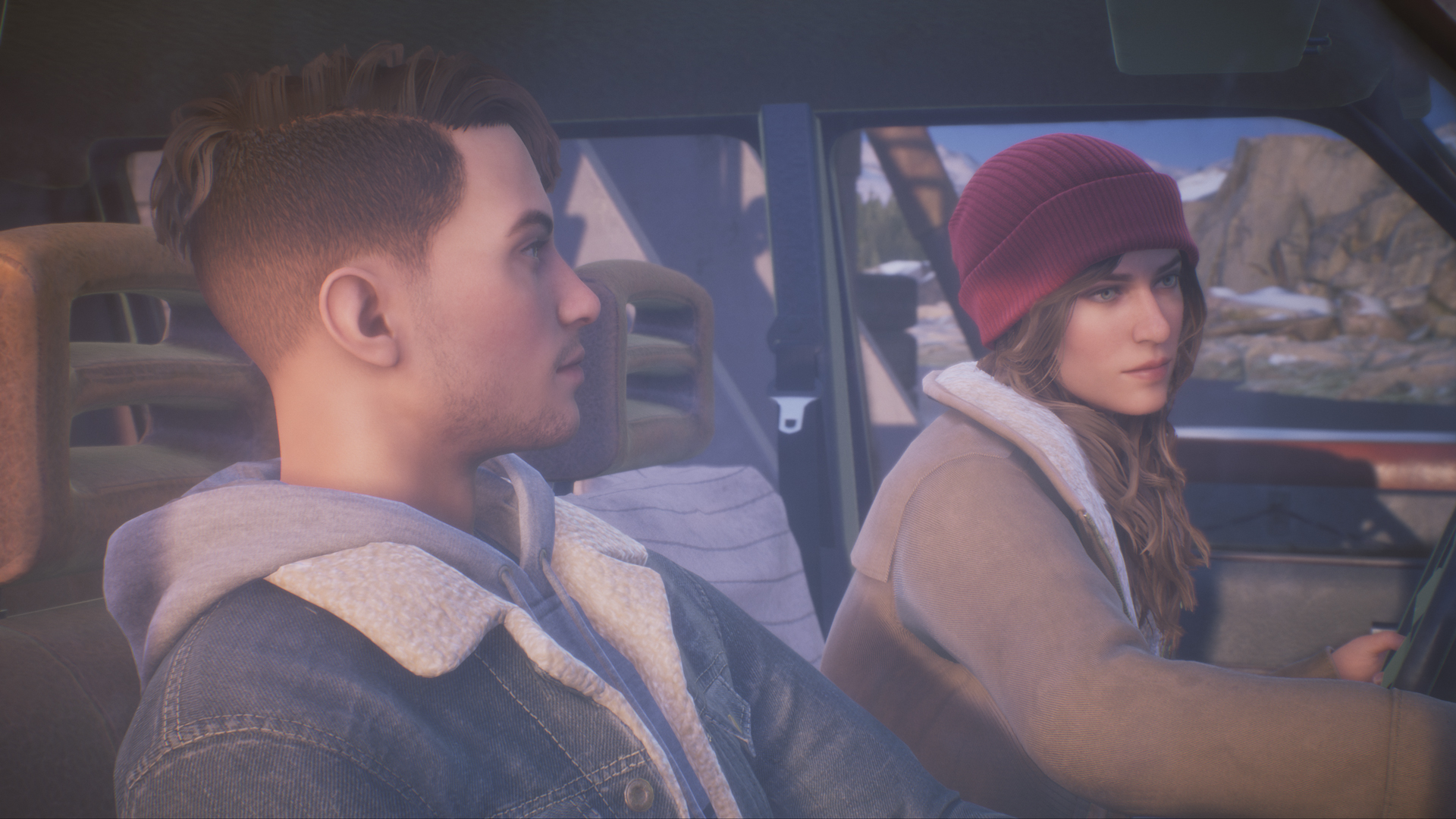Why you can trust GamesRadar+
Tell Me Why - Episode 2 review: "A story told with heart and soul" Score: 4/5
Tell Me Why’s first Chapter had a captivating atmosphere, but it had two major weaknesses; it lacked depth, and it lacked significant choices. The former is no longer an issue, and while the latter still remains, it feels a lot more like the game is playing to its strengths this time around.
As with last time, I write this review having finished Chapter Two but without beginning Chapter Three, so as to offer my thoughts on the game having experienced it the way it was intended. In my Chapter One review, I felt it was too concerned with setting the scene than telling its own story, something I hoped would pay off in Chapter Two; let me tell you, it does in spades. If the drawbacks Tell Me Why’s serial release style can be seen in Chapter One, their strengths can be found in Chapter Two.
The first entry felt like it was Tyler’s story, detailing his return, the man he has grown into. This time, things feel more evenly shared between the Ronan twins, with Chapter Two the story of Delos Crossing itself. Already conversations with Michael feel like talking to an old friend, even though we saw him for all of ten minutes in Chapter One. His conversation with Tyler in the storage room touches on queerness, togetherness, loneliness, and the value of confronting your trauma, managing to be moving, subtle, and powerful in the space of a few lines.

I could move to the other scenes with similar depth of character, which also explore complex themes rooted inside real conversations, but I don’t think there’s too much value in just dancing around the scenes and saying similar things. Michael’s was the one which ‘got’ me, but I can see others having a similar reaction to a different one. The main takeaway is, Chapter Two is a story told with heart and soul.
In every scene, our protagonists feel like a real part of the town, folded into a story bigger than their own. Tyler and Alyson are the main characters because we play as them and it’s their story, but there’s another version of Tell Me Why where they’re bit part players in a game all about Eddy’s time on the force, Michael preparing to move away, or Tessa and her small town faith. It’s a real and underappreciated skill in narrative writing to make your protagonists the clear central characters while providing just as much depth to the supporting cast.
The scene with Michael also gives you some level of choice over Tyler’s sexuality, in a more measured version of Life Is Strange’s ‘Kiss Chloe’ scene. For what it’s worth, I love the boldness of Max’s choice with Chloe in Life Is Strange, but I appreciate Tell Me Why tackling the issue in a more human, less binary way.
That brings us nicely to the choice system in Tell Me Why. The first Life Is Strange game remains the pinnacle of this genre for me, offering big, brash choices at every turn. Kiss Chloe or don’t. Go to the cops now or try to find proof. Steal the money or leave it in the drawer. Both options are clear, have definite consequences, and result in a big reaction. Tell Me Why’s are played more gently. There’s a moment where Tyler can either accept or reject the idea of getting closer to Chief Brown, but it’s not like the options are ‘give him a big hug’ vs ‘punch him in the face’.

It’s more real, and I understand exactly why they’re doing it. Tell Me Why is one of the most subtle games I’ve ever played. But goddamn, I wanted to sock Chief Brown in the face. I wanted my characters to have a moment… and they don’t. Or rather, when they do, they have them independent of me and my choices.
It’s especially a shame because Chapter Two has so much more gameplay than Chapter One. You get a snowball fight (with cuddly toys) against Michael which includes real aim and trigger functions, there’s a complex mystery to unravel through game mechanics, the other puzzles go up a step, and the collectibles are far more hidden this time around. Chapter One leans heavily towards being a visual novel with gameplay features, but Chapter Two is much more of an adventure game with dialogue options.
The scene at the station is particularly meaty, and I think the game strikes a great balance between letting you play, driving the game through conversations, and providing you with puzzles. Occasionally the puzzles can just feel like they’ve been put there to give you something to do, but the ones that lace in the Book of Goblins really pull you into the game’s world and Alaskan inspired artstyle.

On balance, even though you can make some significant choices on a character level, I would like to have had some more measurable ‘A or B’ moments. Perhaps these smaller choices will all tie together in Chapter Three, but I’m not hopeful. Then again, I don’t think it would bother me if they don’t; the choices don’t feel like they’re the point here, which is honestly a welcome departure from the forced options in some other games in this genre.
Going into Chapter Three, I’d rather have even more depth, mixed in with some resolutions, and perhaps a bit more spotlight for Alyson than I would have the game desperately try to combine every choice I made. Chapter Two definitely reaps what Chapter One has sowed, and leaves room for Chapter Three to climb even higher. I’ll admit my initial fascination with the game was all about Tyler, but now everyone in Delos Crossing has a place in my heart.
Turn to page two for our Tell Me Why Chapter 1 review
Stacey is currently the Editor-in-Chief of TheGamer, but was once a freelance journalist with bylines at Polygon, GamesRadar, The Washington Post, The Huffington Post, TechRadar, SYFY Wire, and IGN, among others.




